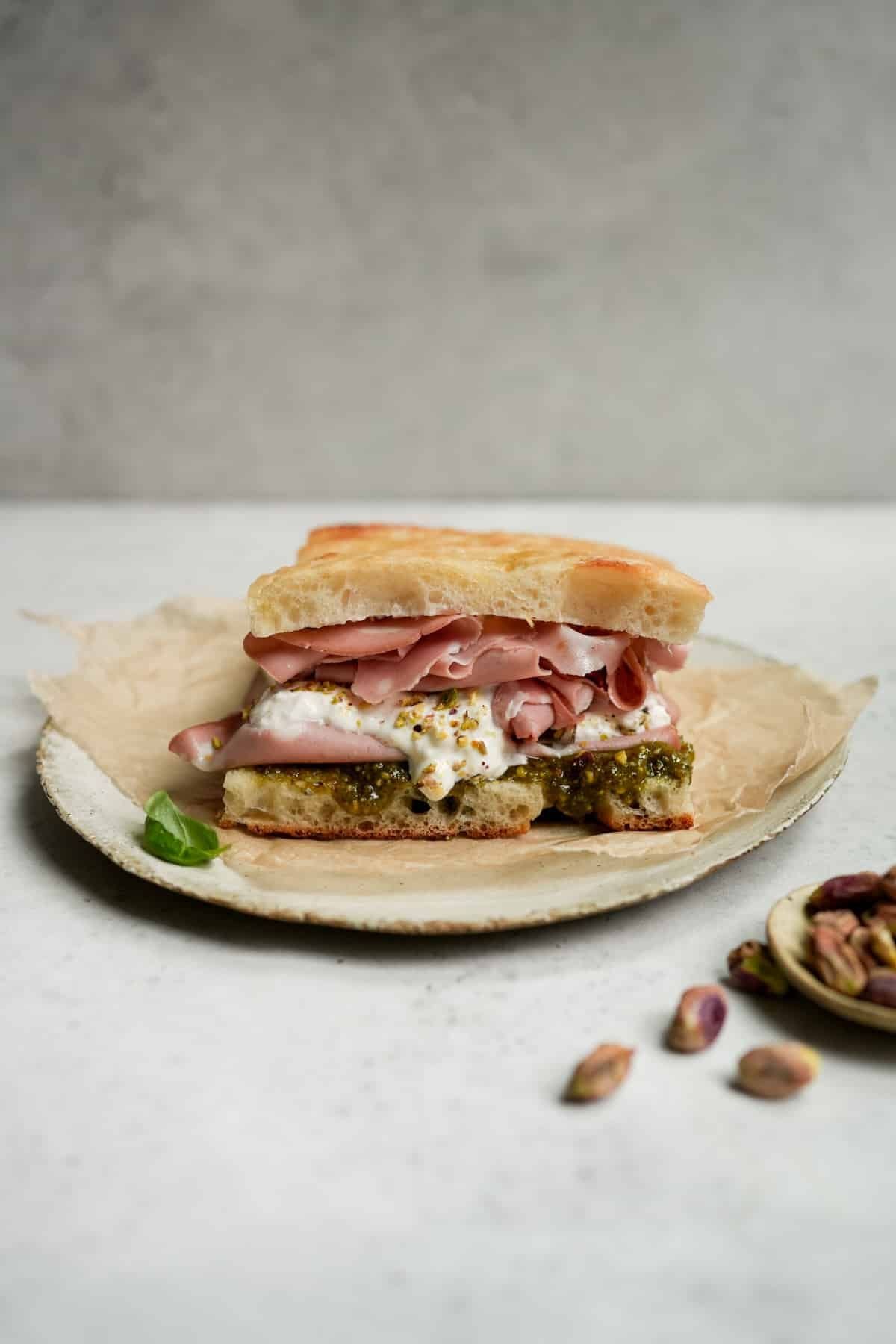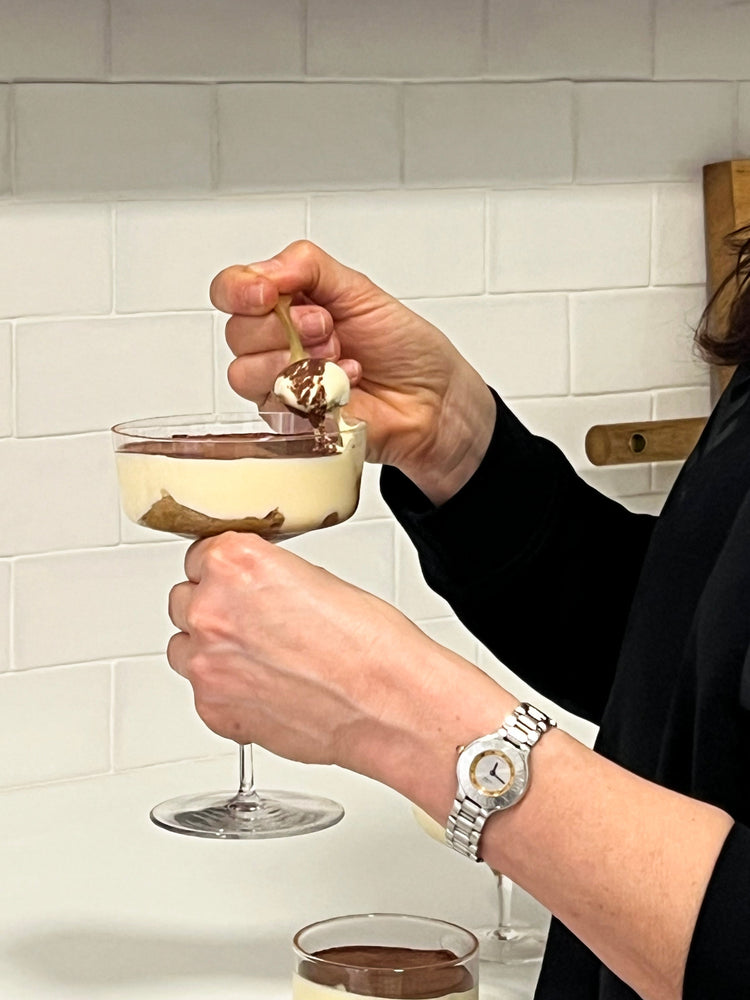Food between breads: the sandwich
A QUESTION OF STRATEGY
Although the sandwich is one of the most popular foods in the United States, its origin can be traced back to England. It was created by an English duke with a fearful addiction to card playing and a fondness for roast beef.
In the mid-18th century, in a town in England called Sandwich, lived the fourth Earl of Sandwich, John Montagu. He was so addicted to cards that he could sit for hours without eating. It is said that one day, when he had been playing for almost 24 hours straight, he asked his chef for some meat between loaves of bread so that he could eat, while continuing to play, without staining his fingers.
It is said that he was inspired by the Turks and Greeks he met on his excursions to the Eastern Mediterranean. These already wrapped their meals in pita bread, allowing them to eat with their hands without getting dirty. It was Montagu, however, who succeeded in making this simple formula popular in England. Several decades later, the first sandwich recipe arrived in North America, making the dish internationally famous.
We share the effort to improve everyday moments and the experience around the table. The way to solve needs in a different way.

Joseph Highmore - "A Club of Gentlemen" 1730




Linda Heitzman - "Bitten" 2015
Pina Bresciani Recipe
Noah Verrie contemporary painter - "PBJ & Jar of Milk wheat"
Noah Verrie contemporary painter - "Grilled cheese" oil on canvas 2020



